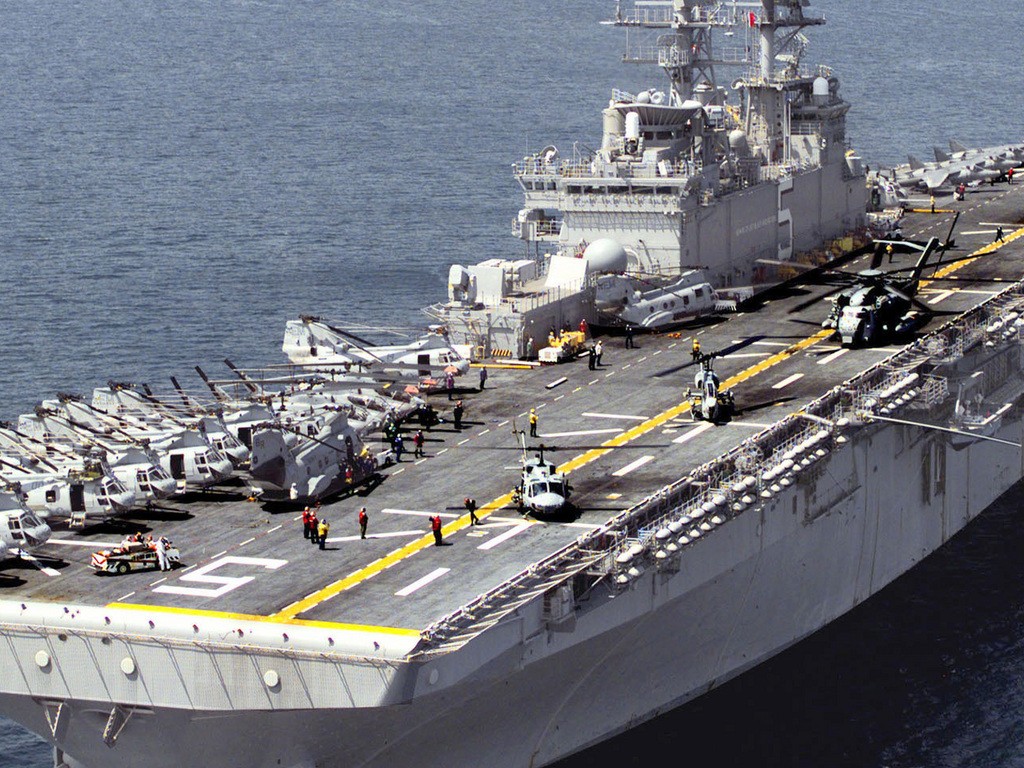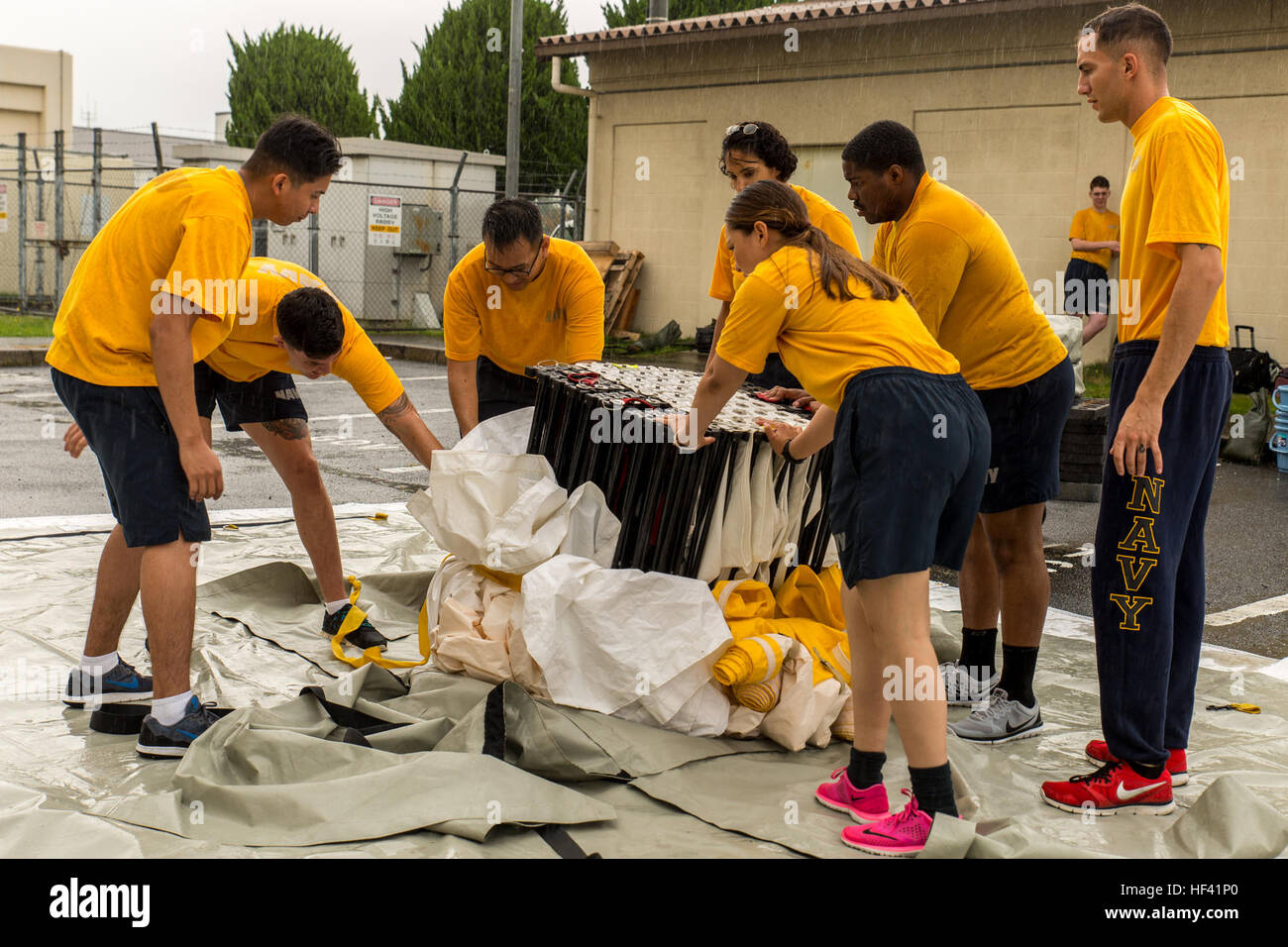Wasp Amphibious Ready Group

Introduction to the Wasp Amphibious Ready Group

The Wasp Amphibious Ready Group (ARG) is a significant component of the United States Navy’s amphibious warfare capabilities. The group is centered around the Wasp-class amphibious assault ship, which serves as the command ship for the ARG. The primary mission of the Wasp ARG is to provide a flexible and versatile force that can conduct a wide range of military operations, from humanitarian assistance and disaster relief to full-scale amphibious assaults.
Composition of the Wasp ARG

The Wasp ARG typically consists of three main ships: the Wasp-class amphibious assault ship, the Whidbey Island-class or Harpers Ferry-class dock landing ship, and the San Antonio-class amphibious transport dock. Each of these ships plays a critical role in the ARG’s overall mission and capabilities. The Wasp-class ship serves as the command ship and provides the primary aviation support, while the dock landing ship and amphibious transport dock provide the necessary lift and logistics support for the embarked Marine Corps units.
Capabilities of the Wasp ARG

The Wasp ARG is designed to be a highly flexible and adaptable force, capable of conducting a wide range of military operations. Some of the key capabilities of the Wasp ARG include: * Amphibious Assault: The Wasp ARG is equipped to conduct full-scale amphibious assaults, using its embarked Marine Corps units and aircraft to seize and secure key terrain. * Aviation Support: The Wasp-class ship provides a robust aviation capability, with the ability to support a wide range of aircraft, including F-35B fighter jets, UH-1Y helicopters, and CH-53E heavy-lift helicopters. * Logistics Support: The Wasp ARG is equipped to provide logistics support to embarked Marine Corps units, including fuel, ammunition, and maintenance services. * Humanitarian Assistance and Disaster Relief: The Wasp ARG is also capable of conducting humanitarian assistance and disaster relief operations, providing critical support to affected areas and populations.
Embarked Marine Corps Units

The Wasp ARG typically embarks a Marine Corps battalion landing team (BLT), which is a balanced force of infantry, artillery, and logistics units. The BLT is designed to be a highly flexible and adaptable force, capable of conducting a wide range of military operations. The embarked Marine Corps units are supported by the Wasp ARG’s aviation and logistics capabilities, providing a robust and self-sustaining force.
Operational History of the Wasp ARG

The Wasp ARG has a long and distinguished operational history, with numerous deployments to regions around the world. Some of the key operational highlights of the Wasp ARG include: * Operation Desert Storm: The Wasp ARG participated in Operation Desert Storm, providing critical support to coalition forces during the Gulf War. * Operation Enduring Freedom: The Wasp ARG deployed to Afghanistan in support of Operation Enduring Freedom, providing aviation and logistics support to coalition forces. * Operation Iraqi Freedom: The Wasp ARG participated in Operation Iraqi Freedom, providing critical support to coalition forces during the invasion and occupation of Iraq. * Hurricane Relief Efforts: The Wasp ARG has also participated in numerous humanitarian assistance and disaster relief operations, including hurricane relief efforts in the Caribbean and Gulf of Mexico.
🔍 Note: The Wasp ARG's operational history is a testament to its flexibility and adaptability, with numerous deployments to regions around the world.
Challenges and Future Developments

The Wasp ARG faces numerous challenges in the future, including the need to adapt to emerging threats and technologies. Some of the key challenges and future developments facing the Wasp ARG include: * Integration of New Technologies: The Wasp ARG will need to integrate new technologies, such as unmanned aerial vehicles (UAVs) and advanced sensors, to enhance its capabilities and effectiveness. * Emerging Threats: The Wasp ARG will need to adapt to emerging threats, such as cyber warfare and anti-ship missiles, to ensure its continued relevance and effectiveness. * Changing Global Security Environment: The Wasp ARG will need to operate in a changing global security environment, with shifting alliances and emerging powers.
| Ship Class | Ship Name | Commissioned |
|---|---|---|
| Wasp-class | USS Wasp (LHD 1) | 1989 |
| Whidbey Island-class | USS Whidbey Island (LSD 41) | 1985 |
| San Antonio-class | USS San Antonio (LPD 17) | 2006 |

The Wasp ARG is a highly flexible and adaptable force, capable of conducting a wide range of military operations. With its robust aviation and logistics capabilities, the Wasp ARG is an essential component of the United States Navy’s amphibious warfare capabilities. As the global security environment continues to evolve, the Wasp ARG will need to adapt to emerging threats and technologies, ensuring its continued relevance and effectiveness.
In summary, the Wasp ARG is a powerful and versatile force, with a long and distinguished operational history. With its embarked Marine Corps units and robust aviation and logistics capabilities, the Wasp ARG is capable of conducting a wide range of military operations, from humanitarian assistance and disaster relief to full-scale amphibious assaults. As the Wasp ARG continues to evolve and adapt to emerging threats and technologies, it will remain an essential component of the United States Navy’s amphibious warfare capabilities.
What is the primary mission of the Wasp ARG?

+
The primary mission of the Wasp ARG is to provide a flexible and versatile force that can conduct a wide range of military operations, from humanitarian assistance and disaster relief to full-scale amphibious assaults.
What ships make up the Wasp ARG?

+
The Wasp ARG typically consists of three main ships: the Wasp-class amphibious assault ship, the Whidbey Island-class or Harpers Ferry-class dock landing ship, and the San Antonio-class amphibious transport dock.
What are the key capabilities of the Wasp ARG?

+
The Wasp ARG has a number of key capabilities, including amphibious assault, aviation support, logistics support, and humanitarian assistance and disaster relief.



